
How To Enhance Your DIY Meat Probe with Voice Control Features
Every culinary enthusiast knows the importance of a perfectly cooked steak, and that’s where a meat probe comes in handy. But what if we could

Every chef knows the frustration of a meat probe that’s seen better days. This essential tool in your culinary arsenal is key for perfectly cooked meals, but it’s prone to wear and tear. Let’s explore how to maintain your meat probe effectively, ensuring it remains a reliable partner in your cooking adventures for years to come.
The environment where you store your meat probe significantly impacts its condition and longevity. The right location can protect it from damage and environmental factors that could compromise its functionality.
Selecting the perfect spot to store your meat probe is crucial. It should be a place that maintains a consistent temperature and is free from high humidity. Excessive moisture can lead to rust, while extreme temperatures can damage electronic components in digital probes.
A drawer or cabinet in your kitchen that is away from heat sources like ovens and stovetops and not exposed to direct sunlight is ideal. Additionally, ensure the storage area is not prone to dramatic temperature shifts, as this can cause condensation, potentially damaging the probe over time.
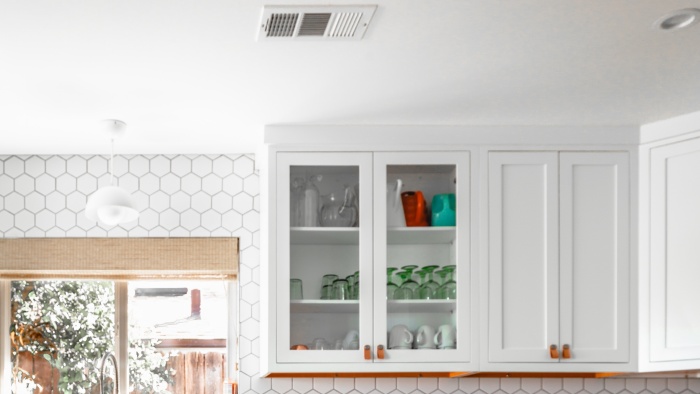
Temperature, humidity, and light are significant factors that can affect the longevity of your meat probe.
High humidity can accelerate the onset of rust on metal components, while fluctuating temperatures can lead to expansion and contraction of materials, weakening the probe’s structure.
Direct sunlight or strong artificial light can degrade plastics and other materials used in the construction of the probe. Thus, storing your meat probe in a stable, cool, and dimly lit environment is ideal for preserving its integrity and ensuring its longevity.
Preparation is key to ensuring your meat probe is stored under the best conditions. A clean, well-maintained probe will be ready for use whenever you need it.
Before storing your meat probe, a thorough cleaning is essential. Use mild soapy water and a soft cloth or sponge to gently clean the probe, especially the metal rod.
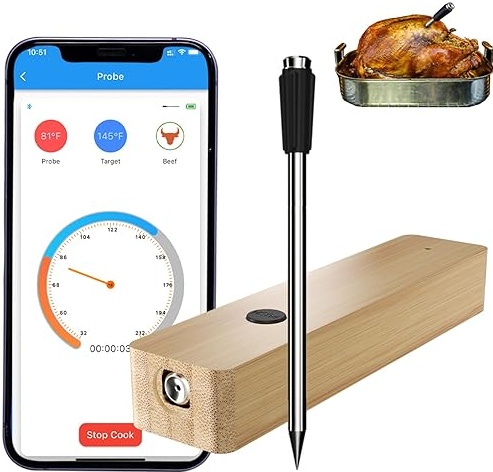
Be cautious around any electronic components if it’s a digital probe. Remove any grease, food particles, and residue, as these can cause corrosion over time. Once cleaned, dry the probe completely with a soft, lint-free cloth.
Avoid air drying, as this can leave water spots or lead to rust, especially in a humid environment. For probes with detachable parts, disassemble them if possible to clean each part thoroughly.
Before putting your meat probe away, inspect it carefully for any signs of wear or damage. Look for any cracks in the casing, bends in the rod, or loose components. If you find minor issues, address them before storage to prevent further damage.
For instance, tighten any loose screws or gently straighten a bent rod. However, if you find significant damage, especially to the probe’s sensor or electronic parts, consider seeking professional repair or replacing the probe. Storing a damaged probe can lead to inaccurate readings and potential food safety risks.
Storing your meat probe correctly is as crucial as using it correctly. Proper storage not only extends the life of the probe but also ensures it remains accurate and reliable.
A protective case or holder is vital for safely storing your meat probe. This can be the original packaging it came in or a purpose-made case. The case should fit the probe snugly but not too tightly, preventing any unnecessary pressure or bending of the probe.
If the probe has a sharp tip, ensure that it is adequately protected to avoid accidents and to prevent the tip from becoming blunt. For probes with cables, coil the cable loosely to avoid kinks or strain on the wire. Avoid storing the probe with heavy items on top, as this can cause deformation or damage.
When placing your meat probe in storage, ensure it is not under any unnecessary stress. Don’t compress or bend the probe, especially the sensitive tip and the area where the rod connects to the handle or display. This can cause permanent deformation, leading to inaccurate readings.
If storing in a drawer or container, lay the probe flat and ensure there is enough space around it. Keep it separate from other utensils that could scratch or damage it. If your probe is foldable, store it in the folded position to minimize space and protect the probe tip.
Even in storage, your meat probe needs occasional attention. Regular checks can help you spot any issues early, ensuring the probe remains in good working condition.
Make it a habit to periodically inspect your stored meat probe. Check for any signs of damage, rust, or battery corrosion, especially if it’s not used frequently. For digital probes, press the buttons to ensure they are still functioning correctly.
Testing the probe’s accuracy with known temperature points, like ice water or boiling water, can also be part of your routine inspection. This helps you trust the probe’s readings when you use it next.
If you find any issues during your inspections, such as a stiff folding mechanism or minor surface rust, address them immediately. Apply a small amount of lubricant to moving parts if they feel stiff. For surface rust, use a gentle rust remover and then dry the probe thoroughly.
If you encounter more significant problems or the probe no longer provides accurate readings, consider professional servicing or replacing the probe. Properly addressing these issues can prevent the need for early replacement and ensure your meat probe is always ready for your next culinary endeavor.
Different types of meat probes and their usage frequency can demand specific storage considerations. Being mindful of these can further enhance the care of your probe.
Different types of meat probes, like digital and dial, require slightly different storage considerations. Digital probes, particularly those with LCD screens or complex electronic components, should be stored away from areas prone to electromagnetic interference.
If your digital probe is battery-operated, consider removing the batteries if it won’t be used for an extended period. For dial probes, ensure that the dial face is protected from scratches or pressure.
For long-term storage, particularly if you don’t plan to use your meat probe for an extended period, take extra precautions. Ensure it’s thoroughly cleaned and dry.
Store it in its protective case in a controlled environment. Check on the probe occasionally, even if you don’t intend to use it soon, to ensure it remains in good condition. This proactive approach helps in maintaining the probe’s longevity and readiness for use.
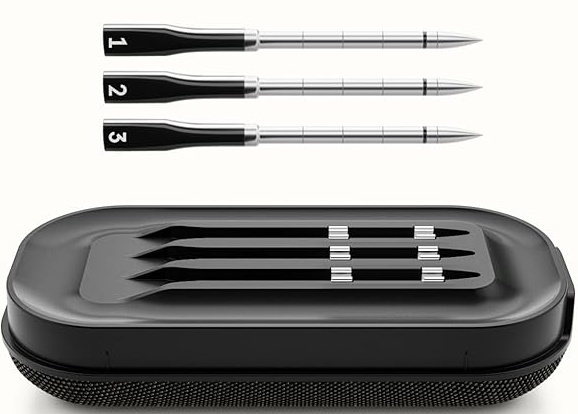
Proper storage of your meat probe is as important as its use. By following these guidelines, you can ensure that your meat probe remains a reliable and accurate tool for your culinary creations.
Good storage practices not only extend the life of your probe but also contribute to the safety and success of your cooking. So, take a moment to store your meat probe correctly, and it will serve you well in many delicious meals to come.


Every culinary enthusiast knows the importance of a perfectly cooked steak, and that’s where a meat probe comes in handy. But what if we could

When it comes to cooking perfection, a meat probe is an indispensable tool for any chef or home cook. But in the world of meat

The moment you bring a meat probe into your kitchen, it’s not just about cooking anymore; it’s about precision, about transforming an ordinary meal into

Ever questioned if a meat probe could be your secret weapon for the perfect roast chicken? It’s a culinary showdown: the precision of a meat
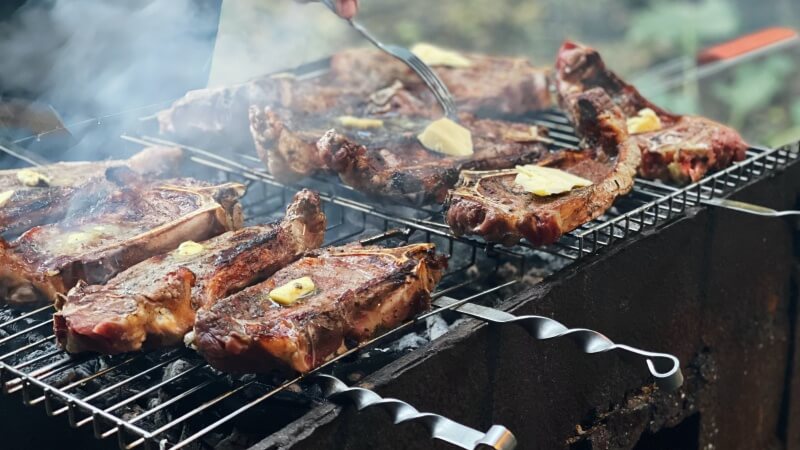
Every culinary enthusiast knows the importance of a perfectly cooked steak, and that’s where a meat probe comes in handy. But what if we could

When it comes to cooking perfection, a meat probe is an indispensable tool for any chef or home cook. But in the world of meat
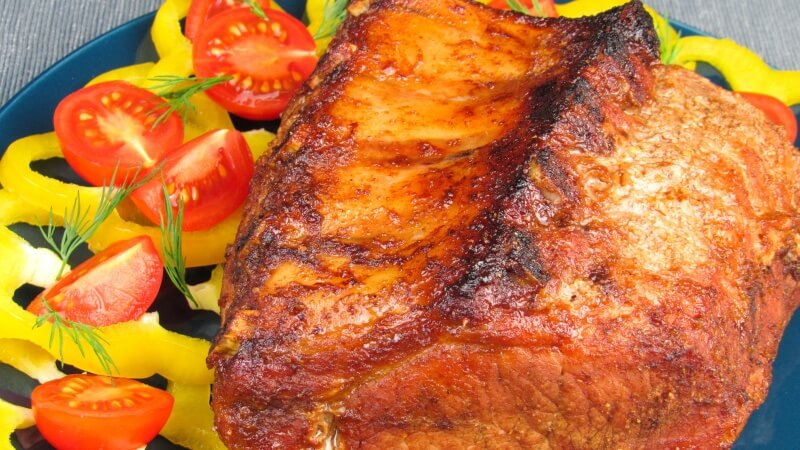
The moment you bring a meat probe into your kitchen, it’s not just about cooking anymore; it’s about precision, about transforming an ordinary meal into

Ever questioned if a meat probe could be your secret weapon for the perfect roast chicken? It’s a culinary showdown: the precision of a meat
Copyright © 2024 meaterprobe. All Rights Reserved.